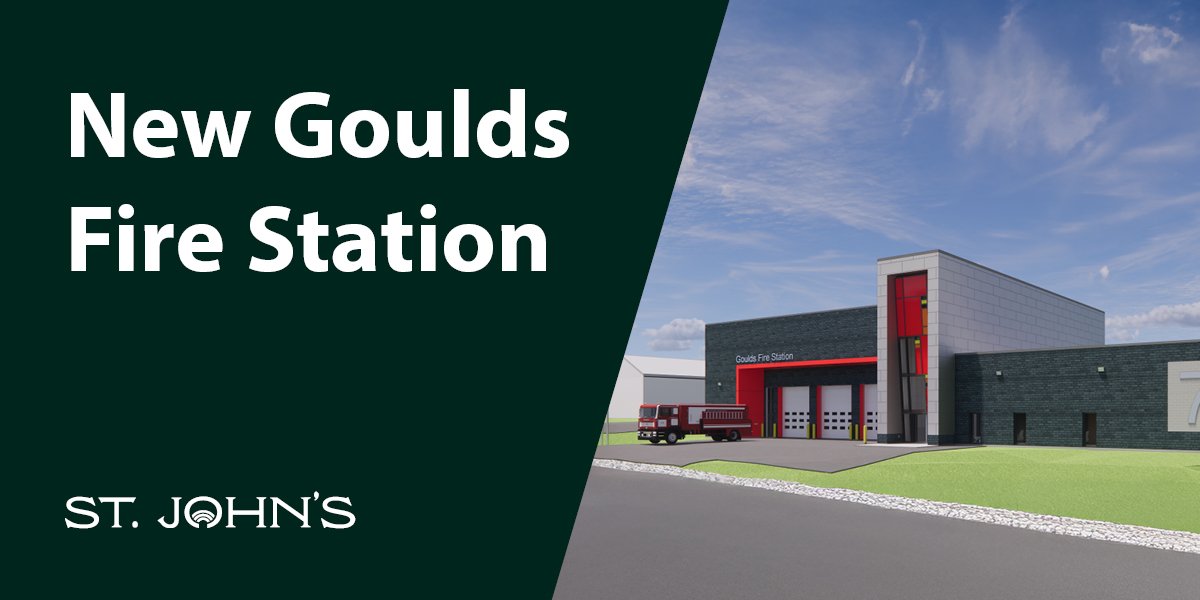Search

The City of St. John’s is moving forward with plans to construct a new state-of-the-art fire station in the Goulds, setting a new standard for sustainable municipal infrastructure.
The new Goulds Fire Station, located at 371 Main Road, will provide firefighters with a modern, functional facility featuring three drive-through apparatus bays, kitchen and living areas, sleeping quarters, training facilities, and administrative space.
The new station is being designed to Passive House Standard, a globally recognized, science-based energy standard. Passive House Design focuses on five key areas:
- High-performing insulation to reduce thermal bridging
- An airtight building envelope
- High-performance windows
- Heat recovery ventilation
- Passive solar heating and cooling
The facility will reduce operations and maintenance costs, provide up to 90% reduction in space heating energy demands, and deliver an estimated 30 to 40% savings in total building ownership costs.
Currently, the St. John’s Regional Fire Department operates the Goulds Fire Station with career firefighters Monday to Friday until 4 p.m., with volunteer coverage in the evenings and weekends. With the opening of the new facility, service will expand to a full-time, 24/7 career firefighter operation. Goulds volunteer firefighters were informed of this change when the new station was first announced in 2019 and have been supportive of the transition.
The station is currently in the design phase, with construction scheduled to begin in November 2025. As “Public Utility” is a Discretionary Use at the site’s zoning, Council must approve the project before construction begins. This process allows Council to confirm building size, parking, and compatibility with the neighbourhood. The application will be issued by the City this week, with an opportunity for residents to comment until September 23.
To track progress and ask questions about this project, visit the project page on EngageStJohns.ca. Residents and interested parties can also subscribe to receive the latest City news and advisories.
The City has a strategic direction to be a Sustainable City, economically, environmentally and financially. The Goulds Fire Station advances this direction by reducing operational and maintenance costs while reducing the City’s environmental footprint. It also aligns with the City’s Resilient St. John’s Community Climate Plan, aiming to reach net zero by 2050.
Contact Us





